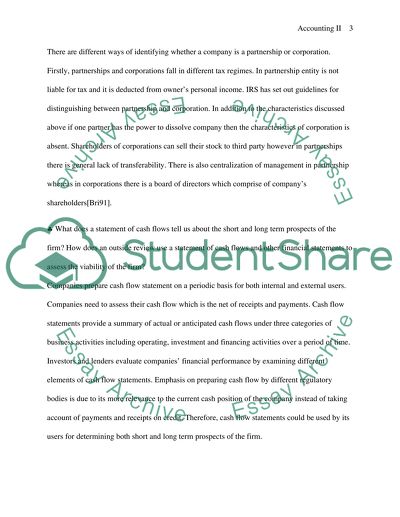Cite this document
(The Differences in Accounting Processes between Partnerships and Corpo Case Study, n.d.)
The Differences in Accounting Processes between Partnerships and Corpo Case Study. Retrieved from https://studentshare.org/finance-accounting/1556437-accounting-ii
The Differences in Accounting Processes between Partnerships and Corpo Case Study. Retrieved from https://studentshare.org/finance-accounting/1556437-accounting-ii
(The Differences in Accounting Processes Between Partnerships and Corpo Case Study)
The Differences in Accounting Processes Between Partnerships and Corpo Case Study. https://studentshare.org/finance-accounting/1556437-accounting-ii.
The Differences in Accounting Processes Between Partnerships and Corpo Case Study. https://studentshare.org/finance-accounting/1556437-accounting-ii.
“The Differences in Accounting Processes Between Partnerships and Corpo Case Study”. https://studentshare.org/finance-accounting/1556437-accounting-ii.


